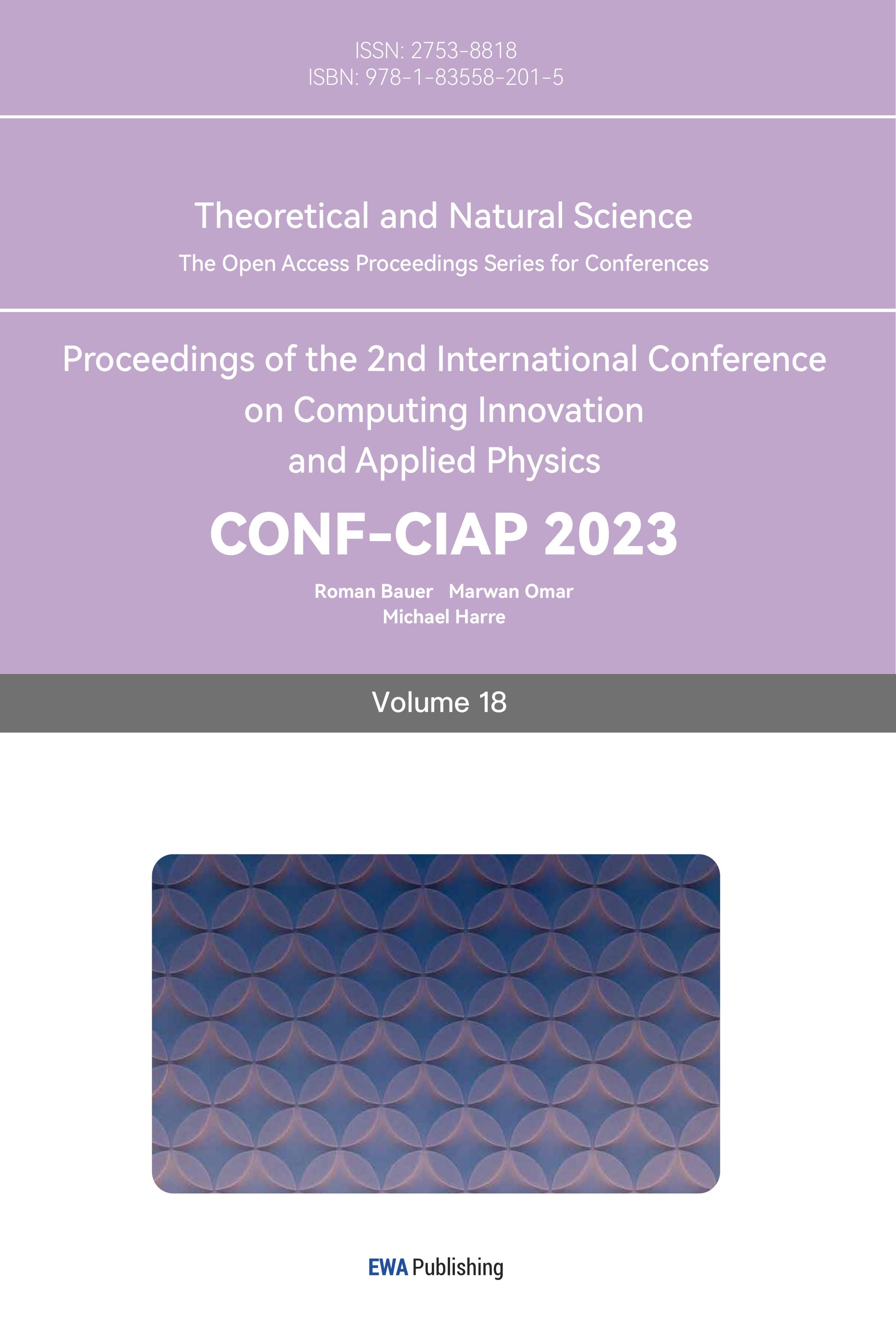References
[1]. Results for Messier 31. NASA/IPAC Extragalactic Database
[2]. De Vaucouleurs, Gerard; De Vaucouleurs, Antoinette; Corwin, Herold G.; Buta, Ronald J.; Paturel, Georges; Fouque, Pascal (1991) Third Reference Catalogue of Bright Galaxies
[3]. Ribas, Ignasi; Jordi, Carme; Vilardell, Francesc; et al. (2005). "First Determination of the Distance and Fundamental Properties of an Eclipsing Binary in the Andromeda Galaxy". Astrophysical Journal Letters. 635 (1): L37–L40.
[4]. "NASA's Hubble Shows Milky Way is Destined for Head-On Collision". NASA. 31 May 2012. Archived from the original on 4 June 2014. Retrieved 12 July 2012.
[5]. Ueda, Junko; Iono, Daisuke; Yun, Min S.; et al. (2014). "Cold molecular gas in merger remnants. I. Formation of molecular gas disks". The Astrophysical Journal Supplement Series. 214 (1): 1
[6]. "M 31, M 32 & M 110". 15 October 2016.
[7]. Arp, Halton (1964). "Spiral Structure in M31". Astrophysical Journal. 139: 1045.
[8]. Simien, François; Pellet, André; Monnet, Guy; et al. (1978). "The spiral structure of M31 – A morphological approach". Astronomy and Astrophysics.
Cite this article
Miao,W. (2023). Separating 21-cm M31 signal from background. Theoretical and Natural Science,18,302-307.
Data availability
The datasets used and/or analyzed during the current study will be available from the authors upon reasonable request.
Disclaimer/Publisher's Note
The statements, opinions and data contained in all publications are solely those of the individual author(s) and contributor(s) and not of EWA Publishing and/or the editor(s). EWA Publishing and/or the editor(s) disclaim responsibility for any injury to people or property resulting from any ideas, methods, instructions or products referred to in the content.
About volume
Volume title: Proceedings of the 2nd International Conference on Computing Innovation and Applied Physics
© 2024 by the author(s). Licensee EWA Publishing, Oxford, UK. This article is an open access article distributed under the terms and
conditions of the Creative Commons Attribution (CC BY) license. Authors who
publish this series agree to the following terms:
1. Authors retain copyright and grant the series right of first publication with the work simultaneously licensed under a Creative Commons
Attribution License that allows others to share the work with an acknowledgment of the work's authorship and initial publication in this
series.
2. Authors are able to enter into separate, additional contractual arrangements for the non-exclusive distribution of the series's published
version of the work (e.g., post it to an institutional repository or publish it in a book), with an acknowledgment of its initial
publication in this series.
3. Authors are permitted and encouraged to post their work online (e.g., in institutional repositories or on their website) prior to and
during the submission process, as it can lead to productive exchanges, as well as earlier and greater citation of published work (See
Open access policy for details).
References
[1]. Results for Messier 31. NASA/IPAC Extragalactic Database
[2]. De Vaucouleurs, Gerard; De Vaucouleurs, Antoinette; Corwin, Herold G.; Buta, Ronald J.; Paturel, Georges; Fouque, Pascal (1991) Third Reference Catalogue of Bright Galaxies
[3]. Ribas, Ignasi; Jordi, Carme; Vilardell, Francesc; et al. (2005). "First Determination of the Distance and Fundamental Properties of an Eclipsing Binary in the Andromeda Galaxy". Astrophysical Journal Letters. 635 (1): L37–L40.
[4]. "NASA's Hubble Shows Milky Way is Destined for Head-On Collision". NASA. 31 May 2012. Archived from the original on 4 June 2014. Retrieved 12 July 2012.
[5]. Ueda, Junko; Iono, Daisuke; Yun, Min S.; et al. (2014). "Cold molecular gas in merger remnants. I. Formation of molecular gas disks". The Astrophysical Journal Supplement Series. 214 (1): 1
[6]. "M 31, M 32 & M 110". 15 October 2016.
[7]. Arp, Halton (1964). "Spiral Structure in M31". Astrophysical Journal. 139: 1045.
[8]. Simien, François; Pellet, André; Monnet, Guy; et al. (1978). "The spiral structure of M31 – A morphological approach". Astronomy and Astrophysics.









